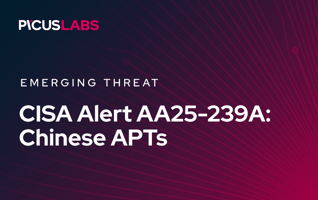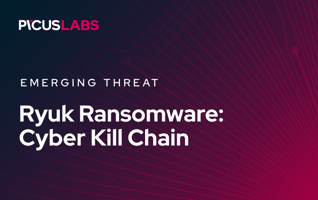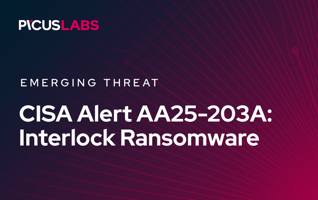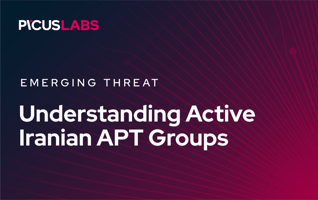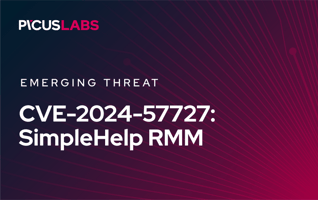Why You Need to Validate Detection Rules
Threat detection is a crucial aspect of an organization's overall security strategy. It involves using various tools, such as Security Information and Event Management (SIEM) and Endpoint Detection and Response (EDR) products, to monitor the organizations' networks and systems for signs of potential threats. The goal of threat detection is to identify and alert security teams to potential threats so that they can take appropriate action to prevent or mitigate them.
To help identify potential threats, organizations often use threat detection rules in their detective security controls. These rules are essentially a set of criteria that the security controls used to determine whether a particular event or activity on the network or system should be considered a potential threat. These rules can be based on a variety of factors, such as known malware signatures, unusual patterns of network activity, or specific criteria that indicate a potential security issue.
However, simply implementing threat detection rules is not enough. Organizations must also validate these rules to ensure that they are effective at identifying potential threats. This is why, without validation, the threat detection rules may not accurately identify all potential threats, which can leave organizations vulnerable to cyberattacks.
Assess Your Detection Rules with Picus Detection Rule Validation
Why is it important to validate the rules used in SIEM and EDR products for detecting threats? There are several reasons:
1. False Positive Detections and Alerts
If the rules used in a SIEM or EDR are not properly validated, the security controls may generate a large number of false positive detection and alerts. This means that the SIEM or EDR will identify potential security threats that are actually harmless. False positives can be frustrating for security teams, who have to investigate and dismiss them, taking valuable time and resources away from more serious threats.
Validation allows organizations to fine-tune their threat detection rules to better match the specific threats that they are facing. For example, an organization may discover that a particular threat detection rule is generating a large number of false positives, and they can then adjust the rule to reduce the number of false positives without sacrificing accuracy by validating the rule.
2. Missed Threats and Detections
On the other hand, if the rules used in a SIEM or EDR are not properly validated, security controls may miss real security threats. This can put the organization at risk, as they may not be aware of an ongoing security breach or other security issues.
Thus, one of the biggest challenges with detective security controls is the risk of false negatives caused by inaccurate detection rules. If they fail to detect real threats, that will leave organizations vulnerable to attacks. Rule validation helps to reduce the risk of false negatives by ensuring that the detection rules are comprehensive and sensitive enough to catch potential threats.
3. Ever-evolving Cyber Threat Landscape
The cyber threat landscape is constantly evolving, with new threats emerging all the time. Organizations need to stay ahead of the curve and ensure that their security controls are effective against the latest threats. However, security controls may not be able to detect new threats with detection rules at hand. That's why detection rules cannot stay the same and be effective against changing the threat landscape.
Since the changes in the rule base are inevitable, security teams need to validate their detection rules regularly to ensure the accuracy and effectiveness of their detective security controls. This will help to protect the organization from potential threats and ensure that its security teams can respond quickly and effectively to any incidents.
4. High Costs of Security Operations
Security breaches are expensive and can cost organizations time, money, and, more importantly, their reputation. Hence, security operations for organizations are indispensable in the digital age, and organizations spend a great deal of money and effort on their security operations. However, more resources do not guarantee efficient and effective security operations. That's why organizations need to validate the capabilities of their detective security controls and ensure that their security operations are on top of their game.
Validating the rules used in a SIEM or EDR can also help to save valuable time and resources, as it can reduce the number of false positives and missed threats. This can help to reduce the time and resources that are wasted on investigating and responding to false alarms, as well as help to prevent costly security breaches and other security issues.
5. Compliance
In many cases, organizations are required to comply with various regulations and standards that pertain to security. Validating the rules used by security systems can help to ensure that the system is in compliance with these regulations and standards, which can help to avoid costly fines and other penalties. For example, the Payment Card Industry Data Security Standard (PCI DSS) requires organizations to have a system in place for detecting and responding to security threats. Rule validation can help to ensure that an organization's SIEMs and EDRs are compliant with these requirements.
Picus' Approach for Validating Detection Rules
To avoid the problems mentioned above, it is important to regularly validate detection rules. Picus' platform involves two solutions for validating and optimizing detection rules:
- The first solution tests the rules against a known set of data and best practices to identify problems in the rules, such as resource-hungry rules, incorrect syntax, and performance issues.
- The second solution is to assess detection rules by simulating real-world cyberattack scenarios to ensure that they are correctly identifying potential threats and not generating false positives or false negatives.
Detection rule validation is essential to ensure the accuracy and effectiveness of an organization's SIEM and EDR systems. However, manually performing detection rule validation is time-consuming and labor-intensive. Picus platform enables security teams to continuously validate and optimize detection rules with automated detection rule validation.
Assess Your Detection Rules with Picus Detection Rule Validation (DRV)
Conclusion
There are several key benefits to regularly validating detection rules. First and foremost, it helps to ensure the accuracy and effectiveness of the rules, which can help to prevent false positives and false negatives and improve the overall security of an organization. Additionally, regular validation can help to identify and correct any issues with the rules, such as incorrect syntax, logging problems, and outdated information. This can improve the performance of the SIEM system and make it more efficient and effective at detecting and responding to security threats.
In conclusion, proper validation of detection rules can help to improve the accuracy and effectiveness of the SIEM and EDR systems, make them more efficient and effective at detecting and responding to security threats, and ultimately help to protect the organization against security threats. It can also help to save resources and ensure compliance with relevant regulations and standards.

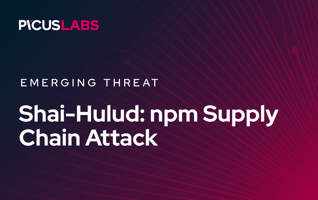
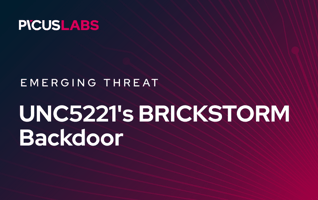
.png?width=353&height=200&name=Ivanti-EPMM-ET-preview-sept25%20(1).png)
